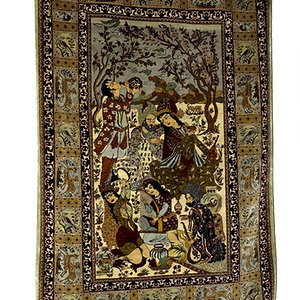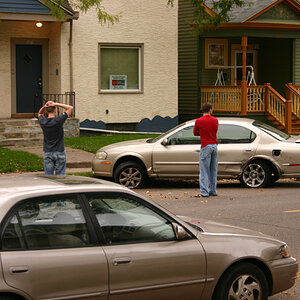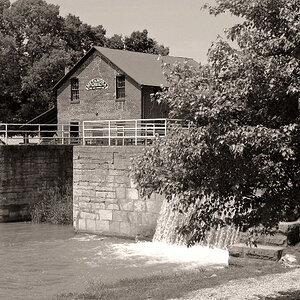I just took my first dive this evening with some Bergger VCCB, part of a Bergger sampler I picked up from Freestyle. Also got some VCNB and some other VC warmtone ivory stuff.
Fiber base paper really is different, I pulled it out from the package to discover it was basically cardstock, except it curled! I've heard of the infamous fiber paper curling. I got some good results, printed two photos (I'll admit, I didn't "work" with them too much, too excited to see how the paper was), and they looked nice. They're dry now, but they didn't curl...they more or less look like they buckled, as if they've been crumpled or, probably more appropriately, bent out of shape.
Perhaps you guys could help me out here, how do you dry your fiber prints? Since I don't know if I'll continue fiber usage, I don't want to up and get a print dryer right away. All I did was hang them up on the clothes line, then pulled them off to lay flat when they were just a tad moist to the touch. Once they dried all the way, I lightly bent some on the major kinks out of them. They didn't look too bad after that, but nowhere near "flat."
Alright, done with the long post. Any more suggestions for fiber? Brands? Toning? Am I asking too much for a flat unframed fiber print? Tell me! Thanks
Fiber base paper really is different, I pulled it out from the package to discover it was basically cardstock, except it curled! I've heard of the infamous fiber paper curling. I got some good results, printed two photos (I'll admit, I didn't "work" with them too much, too excited to see how the paper was), and they looked nice. They're dry now, but they didn't curl...they more or less look like they buckled, as if they've been crumpled or, probably more appropriately, bent out of shape.
Perhaps you guys could help me out here, how do you dry your fiber prints? Since I don't know if I'll continue fiber usage, I don't want to up and get a print dryer right away. All I did was hang them up on the clothes line, then pulled them off to lay flat when they were just a tad moist to the touch. Once they dried all the way, I lightly bent some on the major kinks out of them. They didn't look too bad after that, but nowhere near "flat."
Alright, done with the long post. Any more suggestions for fiber? Brands? Toning? Am I asking too much for a flat unframed fiber print? Tell me! Thanks







![[No title]](/data/xfmg/thumbnail/35/35947-ab35bfc67d8e12ce65dda301d3bf2b66.jpg?1619737255)






